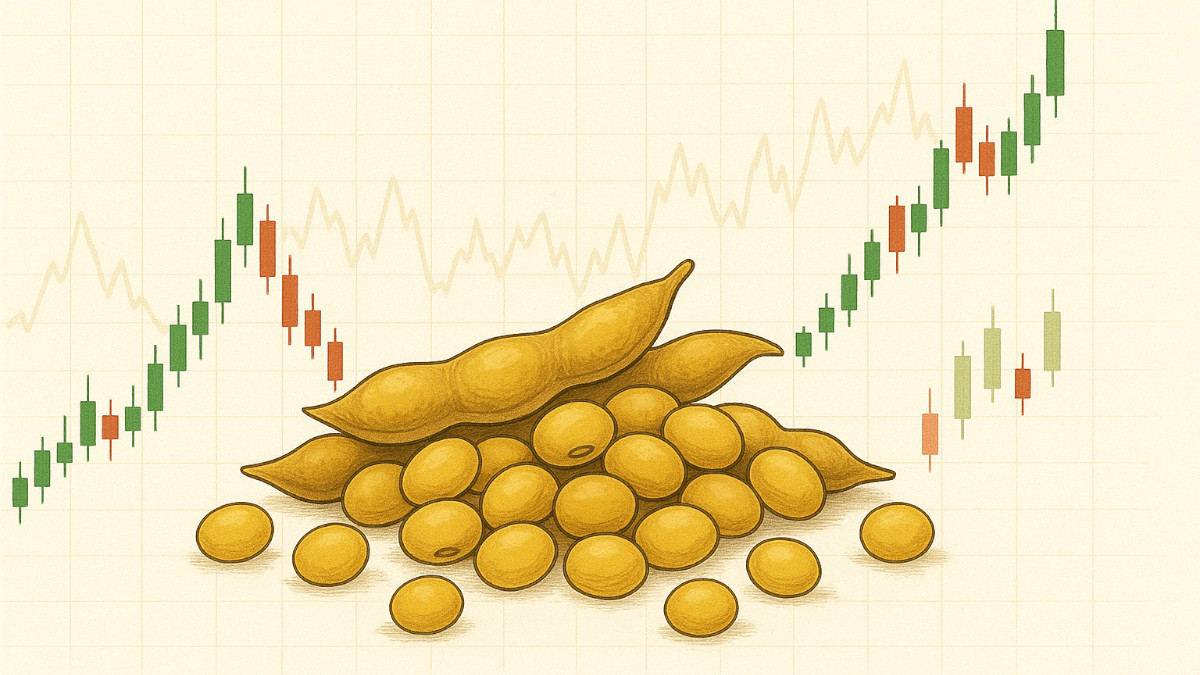- Analytics
- Trading News
- JPMorgan Buy, Sell or Hold
JPMorgan Buy, Sell or Hold

JPMorgan Chase is set to release its Q2 earnings on July 15. Has had a strong run so far this year, but there are some warning signs. Analysts think profits will be lower than they were at this time last year, and investors will be looking to see if the bank can keep up its recent performance.
So far we have - slower deal making in investment banking, slightly weaker loan income, and rising costs. At the same time, JPMorgan remains a major force in traditional banking and fintech world.The decision to charge fintech companies for access to data will determine the direction of the industry's future development.
JPMorgan Earnings Expected to Fall
JPMorgan is expected to report earnings of about $4.47 per share for the second quarter of 2025, a drop from $6.12 per share during the same period last year. The decline is because the bank hasn’t been closing as many deals in its investment banking division, and it’s earning slightly less from interest on loans.
Total revenue is also expected to decline to around $43.9 billion, roughly 12% less than it made a year ago. However, JPMorgan might have earned more from trading during the quarter. Recent political news, especially talk of new tariffs from Trump, caused market swings, which helped increase income from trading stocks and bonds.
What We Have
- Even though there was a small rebound in mergers and IPOs late in the quarter, JPMorgan’s revenue from deal-making is still expected to stay low.
- The bank is expected to earn a bit more from interest on loans, thanks to steady interest rates and continued demand for borrowing.
- More customers are falling behind on their payments. The total value of these troubled loans ( non-performing assets) has climbed to around $9.7 billion, which signals growing risk on the bank’s balance sheet.
JPMorgan: Fintech Fees
JPMorgan has made a decision to start charging financial technology companies, like Plaid, for access to its customers’ banking data. These fintech companies depend on banks like JPMorgan to get the data they need for their apps to work, but now they’ll have to pay for it.
JPMorgan says this change is meant to improve security and help fund upgrades to its systems. But it also shows that the bank wants tighter control over its data and sees an opportunity to make money by giving others access to it.
This change puts pressure on fintech companies.
- Plaid, which connects apps to bank accounts, may have to raise prices for its clients to cover the new fees. That could hurt smaller apps that already operate on tight budgets.
- Stripe might not be affected as much because it offers a wider range of services and isn’t as dependent on JPMorgan’s data. Still, any fintech company that relies on JPMorgan for customer information could face new costs.
As a result, many fintechs may have to rethink how much they depend on big banks like JPMorgan and may even need to change how they price their own services.
JPMorgan is Making Internal Changes
JPMorgan is also restructuring its leadership. David Frame has been appointed as the new global head of the private banking division. This could mean that JPMorgan plans to expand its services for wealthy clients around the world.
That could include working more with international family offices, managing offshore wealth, and offering personalized loans. The goal is to build a more reliable source of income from fees, not only depending heavily on trading profits or loan interest, which can rise and fall with the markets.
Investors Are Bullish
JPMorgan’s stock has gone up about 20% so far this year, doing better than both the overall market (the S&P 500) and other major banks. Because of this strong performance, some analysts now think the stock could rise as high as $325.
JPMorgan also increased its dividend by 7%, going from $1.40 to $1.50 per share. That happened after it passed the Federal Reserve’s recent stress test, which checks how well banks can handle economic shocks. JPMorgan is also planning to buy back some of its own stock, which often helps support the stock price.
However, this optimism could turn into disappointment if the upcoming earnings report doesn’t meet expectations. A lot of investors have already bet on the stock doing well, so if results fall short, the price could drop quickly.
JPMorgan Long Term Outlook
Analysts believe JPMorgan’s stock will keep rising over the next five years, with an average growth of about 8% per year. They expect the stock price to reach around $310 in 2026 and possibly go over $420 by 2030. This steady growth is based on strong trading operations, heavy investment in technology and artificial intelligence, and its expansion into managing wealth for rich clients around the world.
However, not all predictions are optimistic. Some models suggest the stock could fall to between $197 and $228 if the bank starts losing deposits or faces higher risks from borrowers who can’t repay loans.







